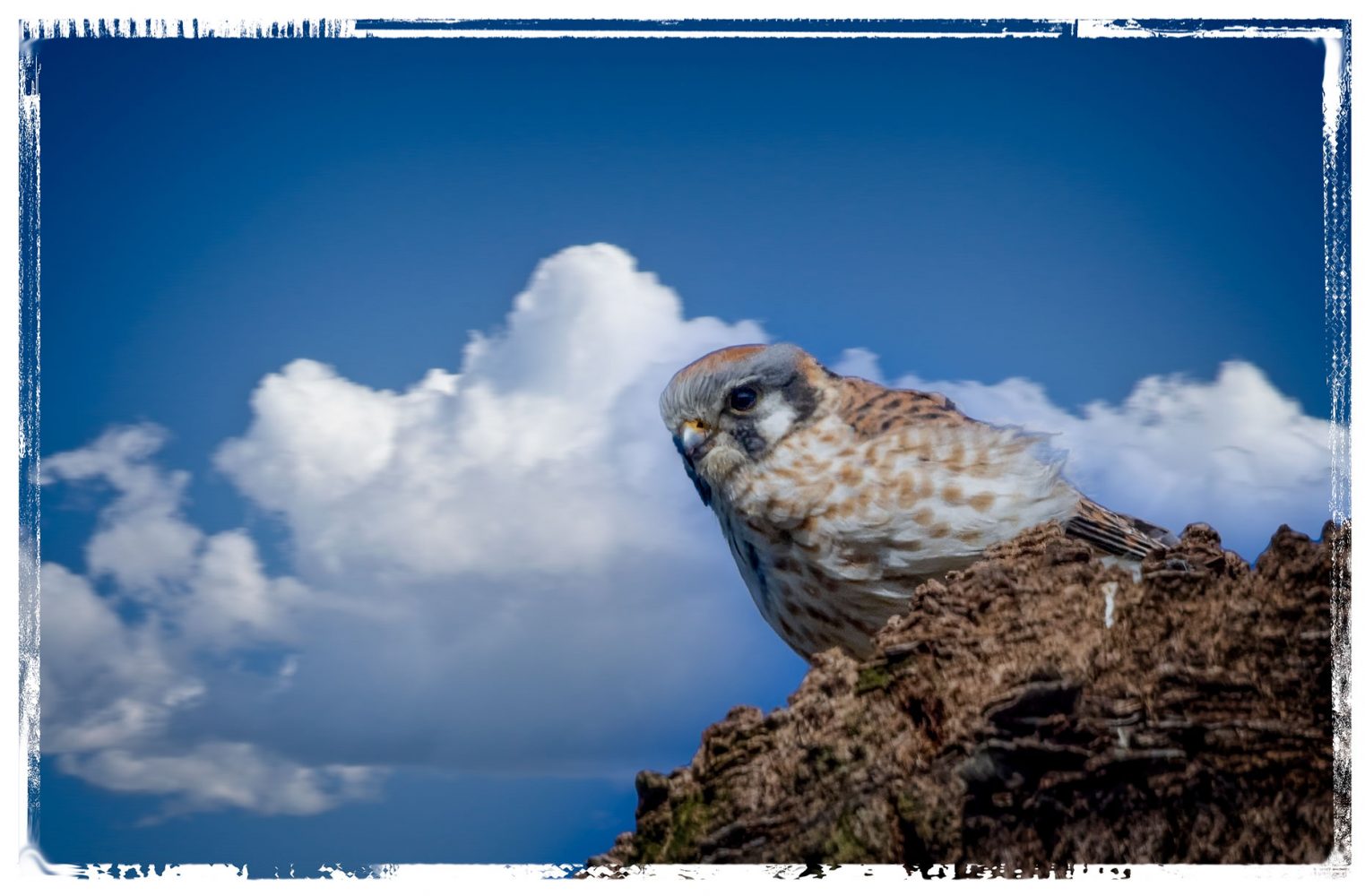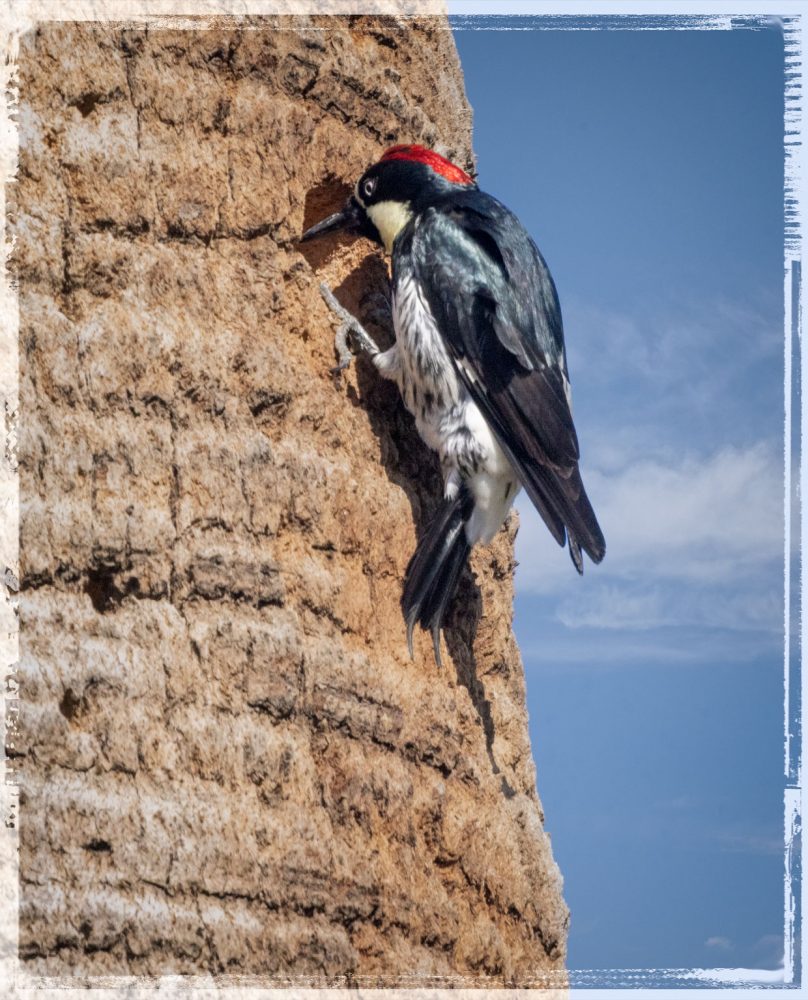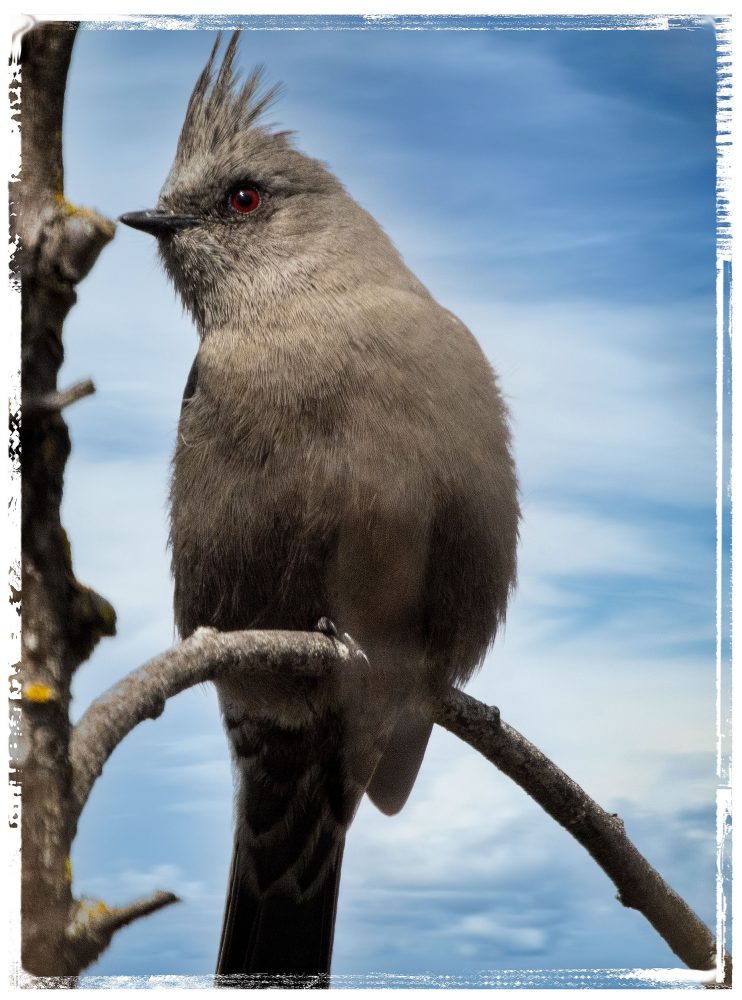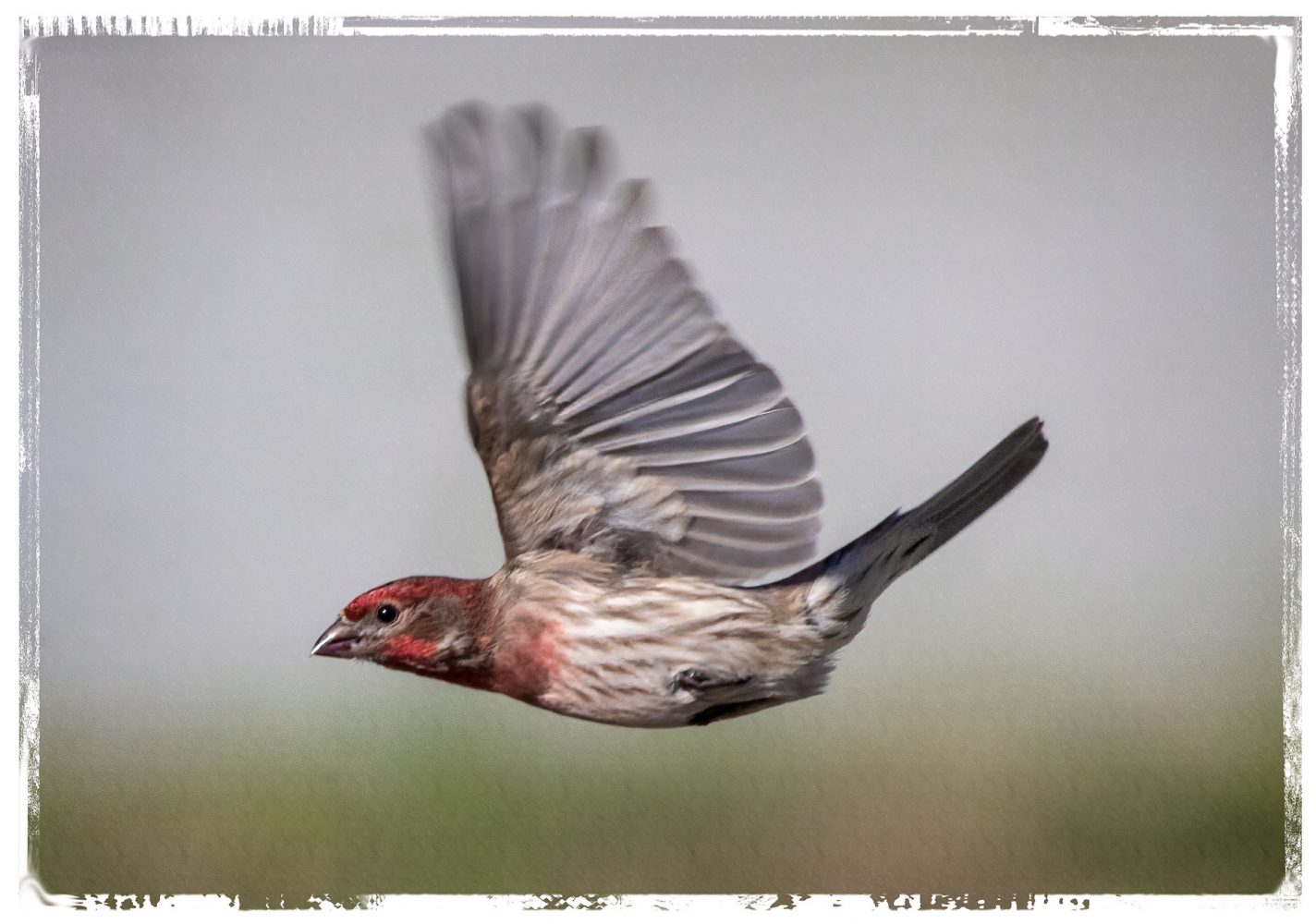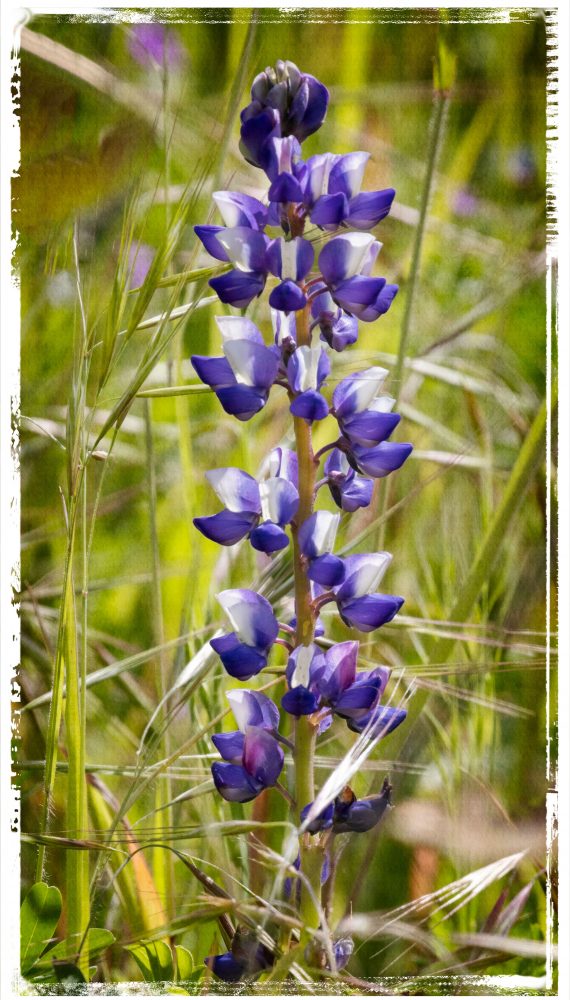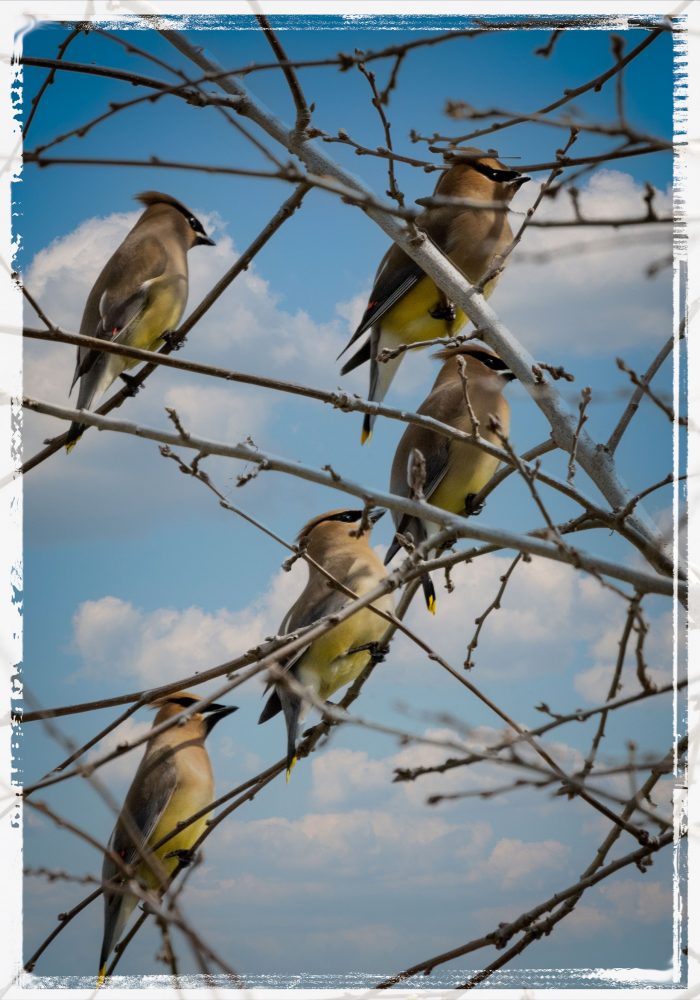On our way down to Arizona we stopped at the Sacramento NWR but didn’t feel like we had time to stop at Colusa, just a few miles away from the Sacramento NWR. Leaving from Fresno, though, I thought we would have time to do Merced, Colusa and Sacramento. Unfortunately, birding was so good at Merced that we didn’t see a lot of birds at Colusa that we hadn’t seen a few hours before.
Snow Geese were the most common birds at Colusa, even though they weren’t there in the same numbers as we had seen them in the past.
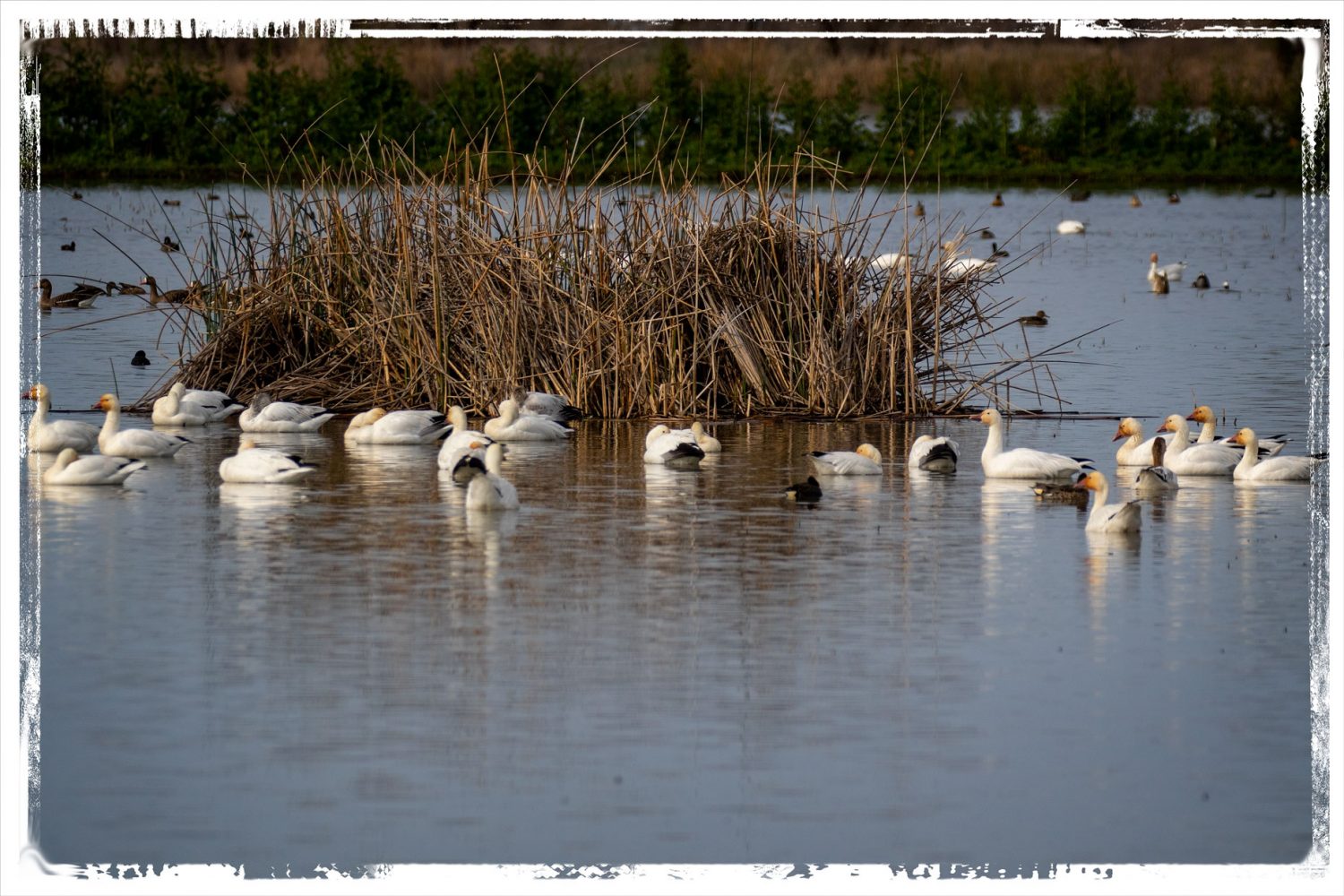
The Snow Geese at Colusa are distinctive in that they all seem to have rust-colored heads, which must come from clay in the water. Strangely enough, the Snow Geese at Sacramento NWR, just 30 miles north, don’t have those rust-colored heads.
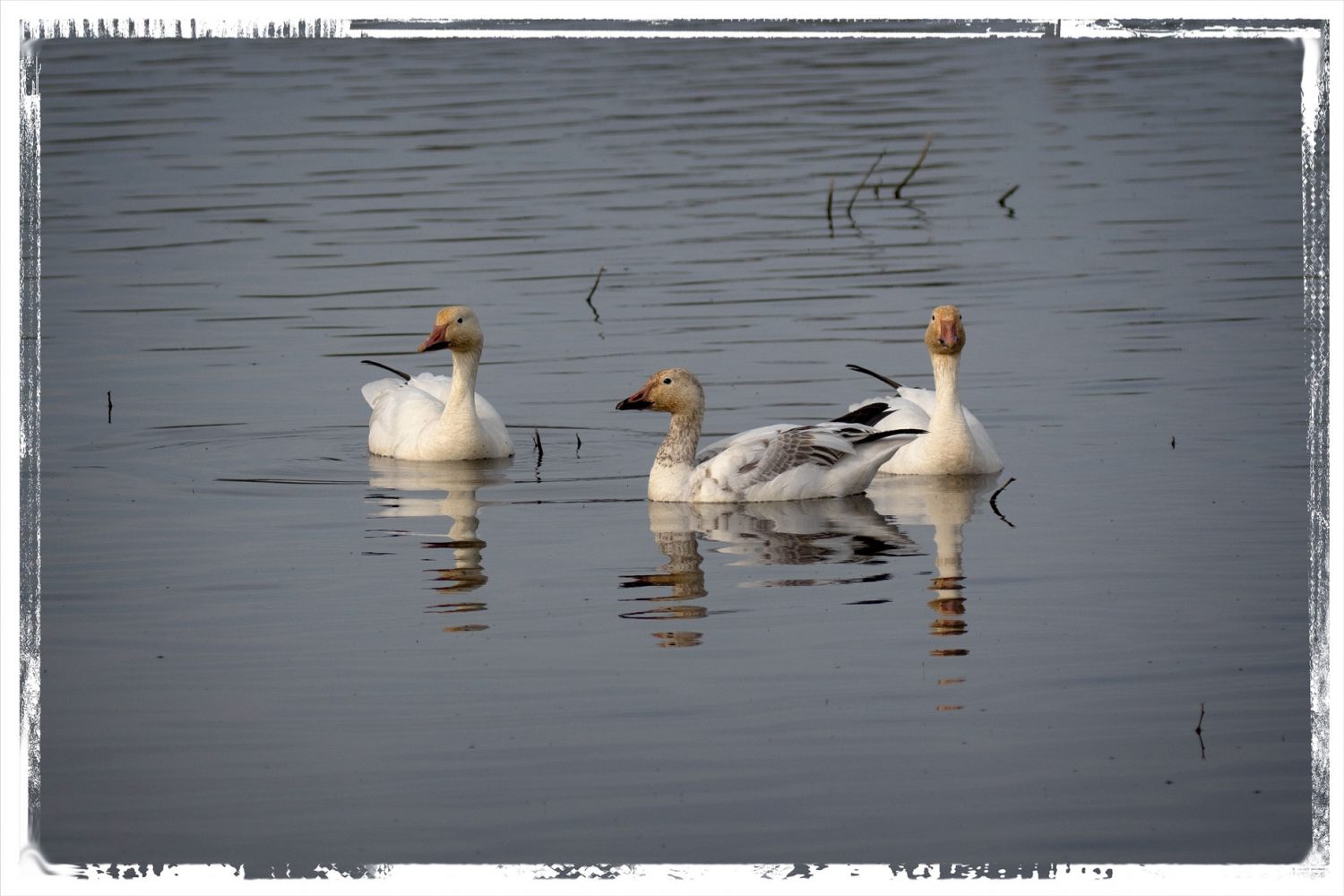
nor do the Greater White-fronted Geese at Colusa, probably because they mostly eat seeds and waste grain in fields, and graze on new growth.
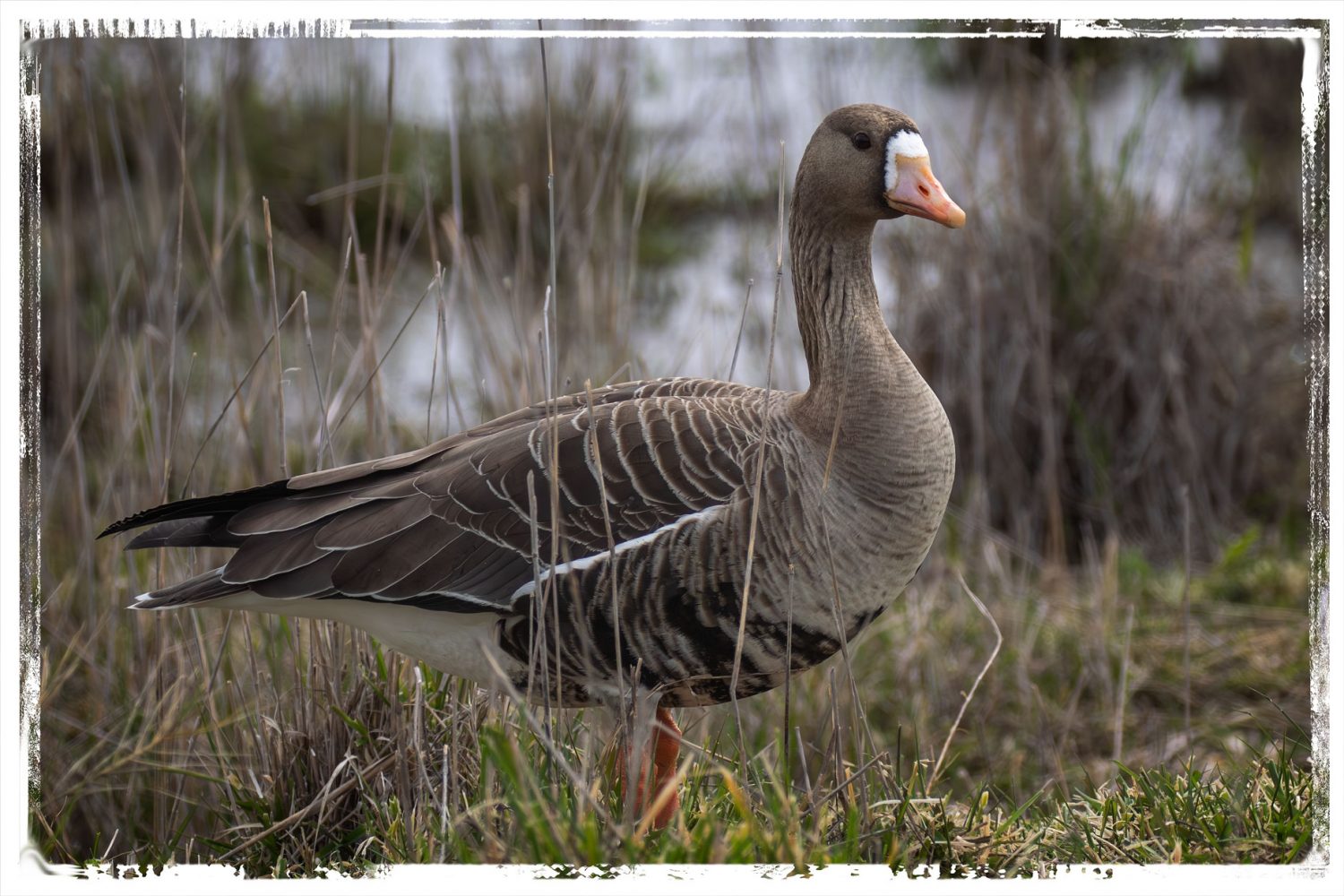
As usual in California, we saw Great Egrets throughout our trip, but this is a nice closeup Leslie took.
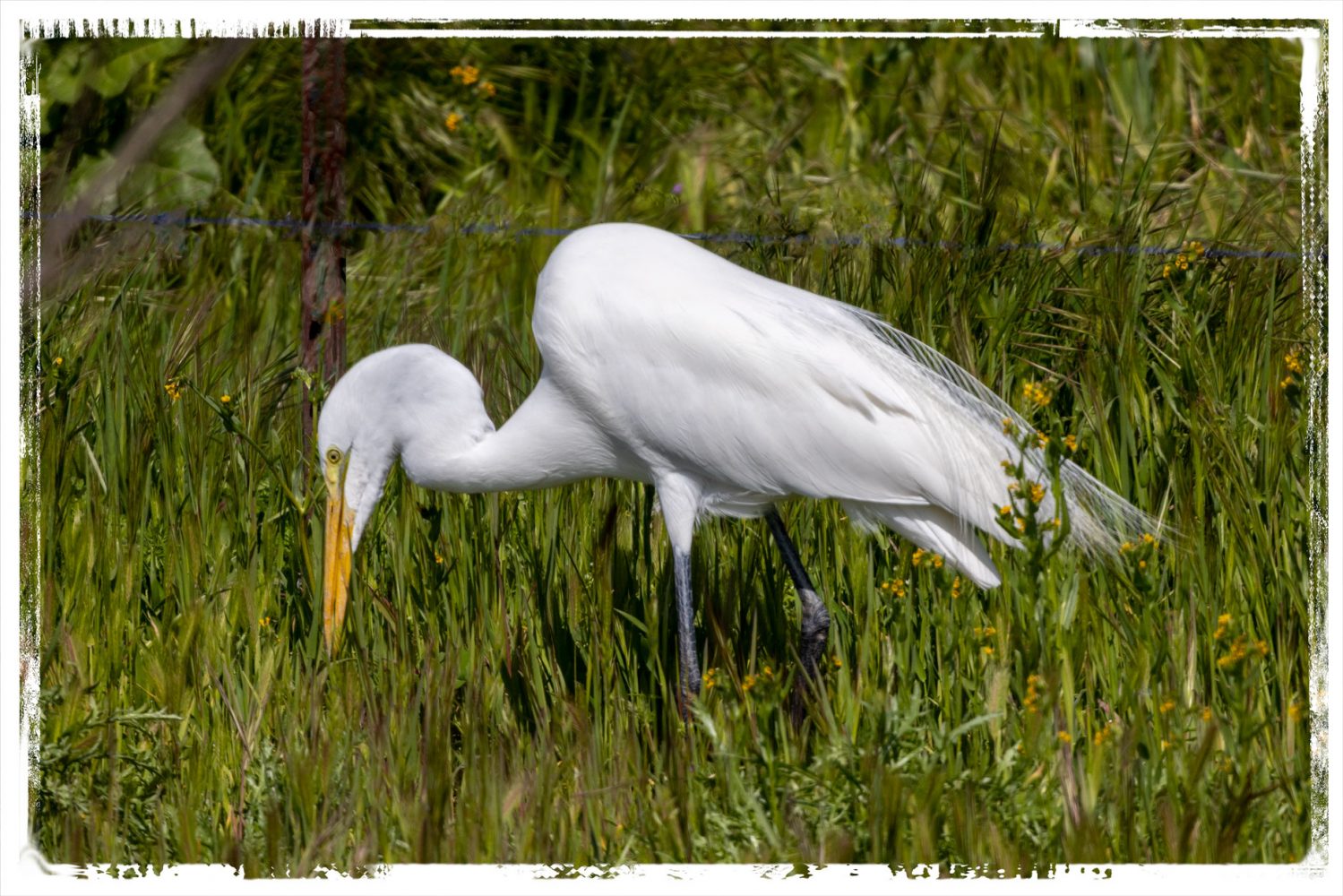
The highlight of this visit was the discovery that the Black-crowned Night-heron rookery seems to be coming back.
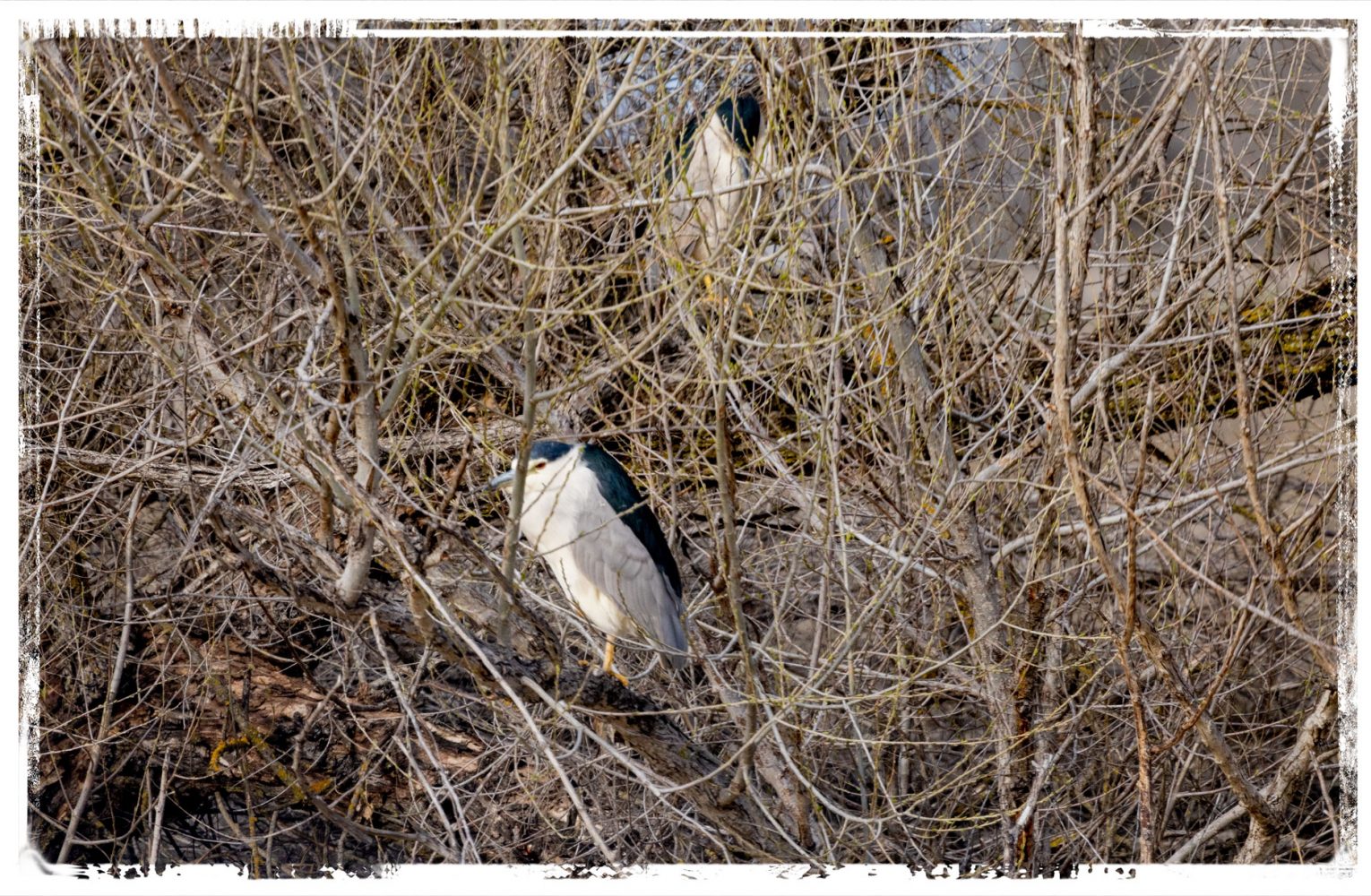
There aren’t nearly as many Night-heron as there was when we first sighted them several years ago, but there weren’t any on our last two visits. We’re hoping there will be a resurgence by our next visit.
Even though there is a lot of overlap between birds observed at Sacramento NWR and the Colusa NWR, I’ve never seen a Night Heron at Sacramento and I’ve usually seen them at Colusa. On the other hand, I have often seen Avocets at Sacramento, but can’t remember ever seeing one at Colusa. More importantly, we get to see bird we seldom see at home.

